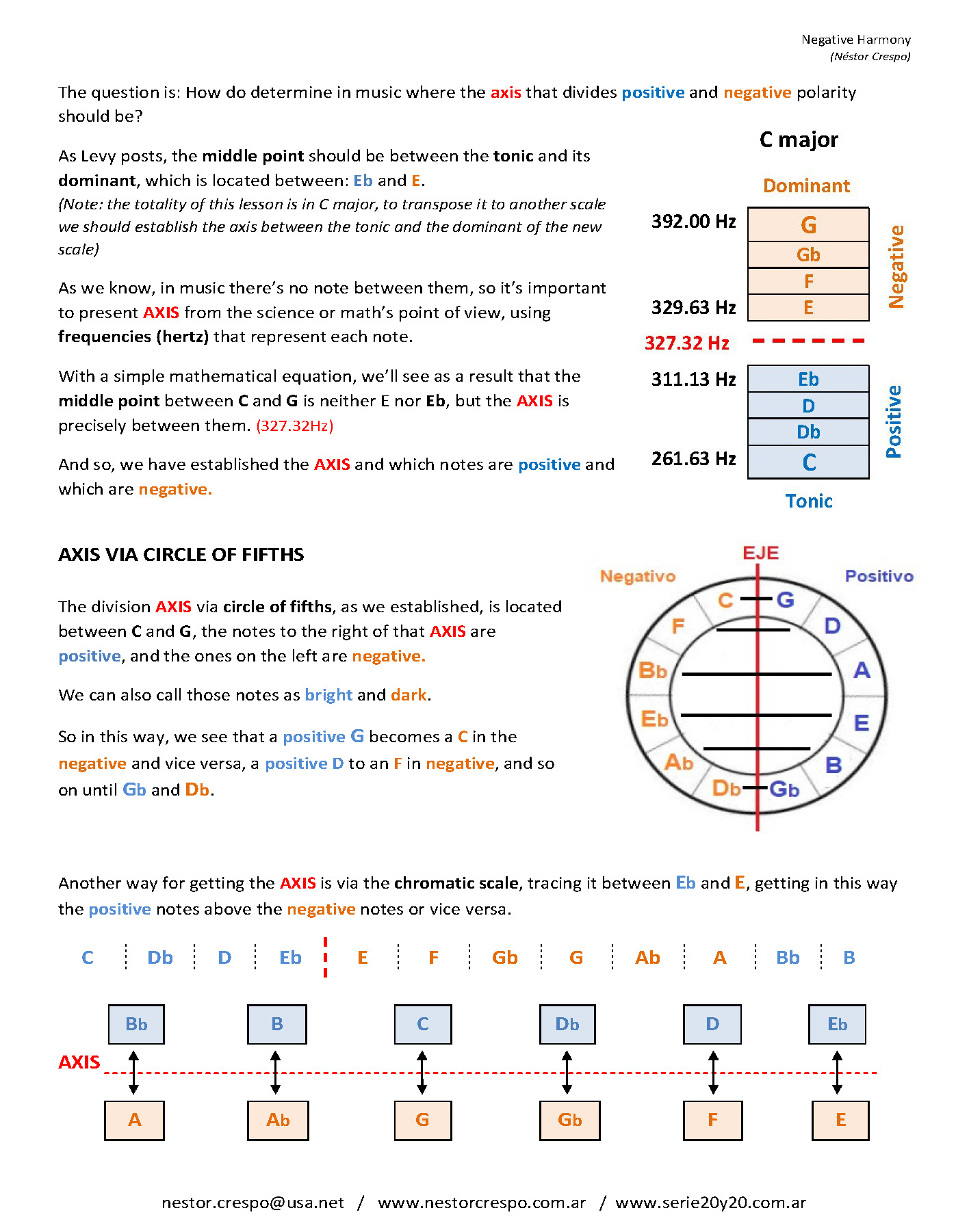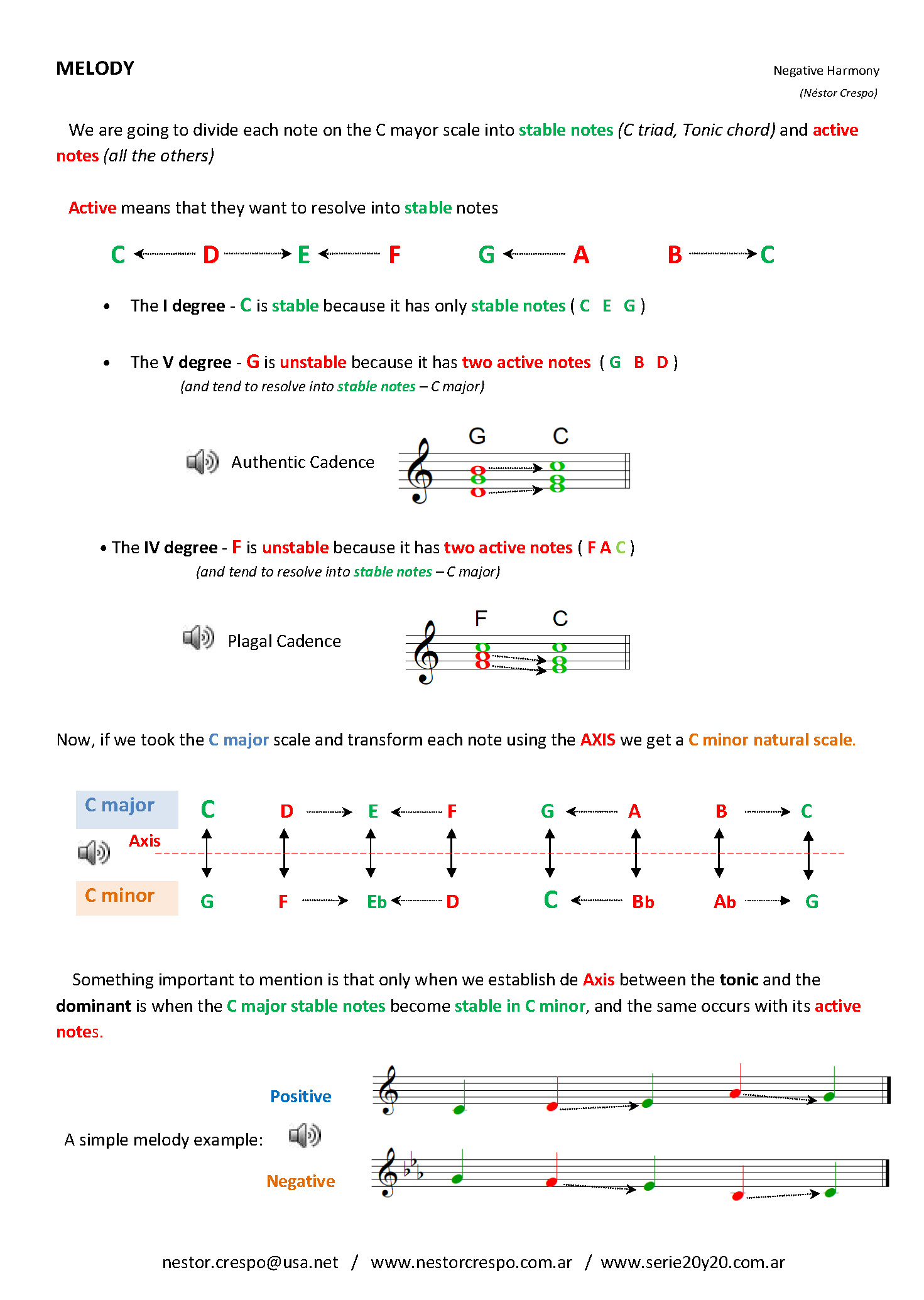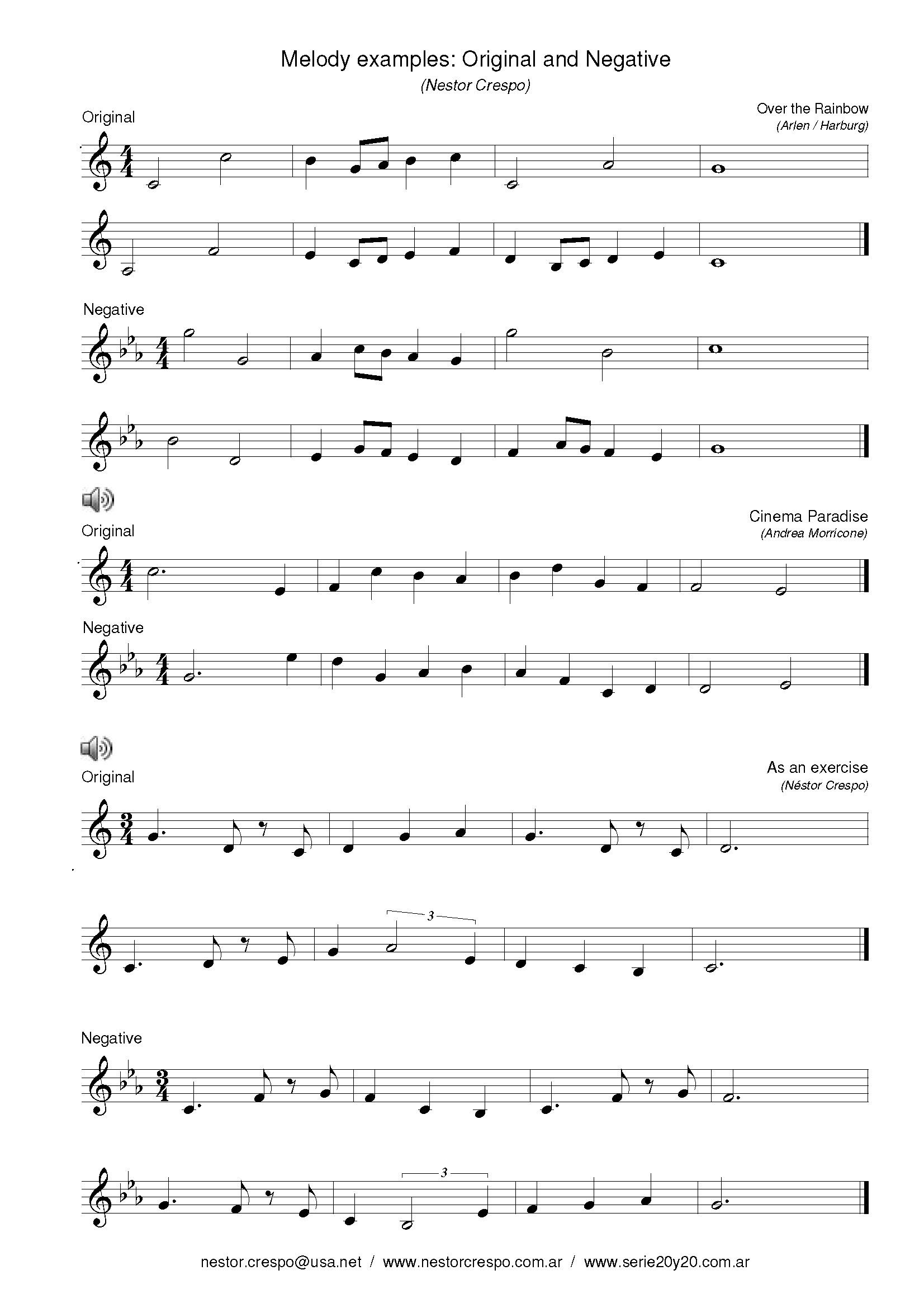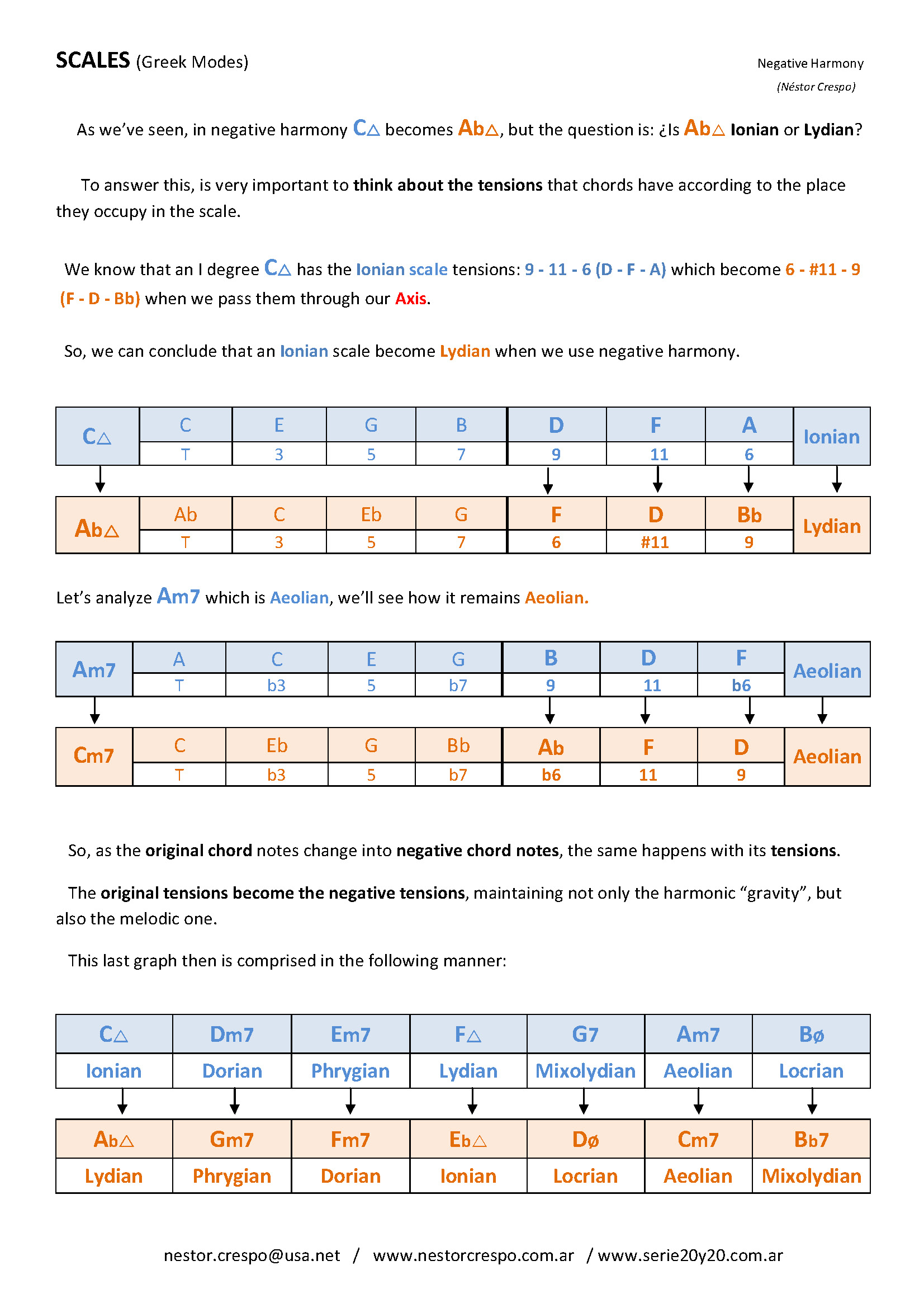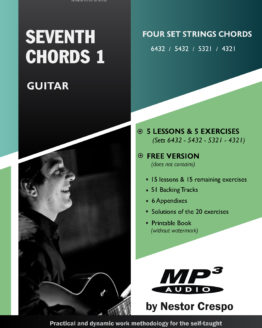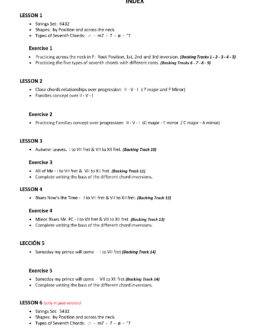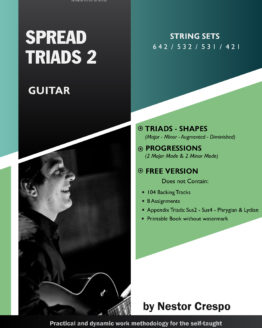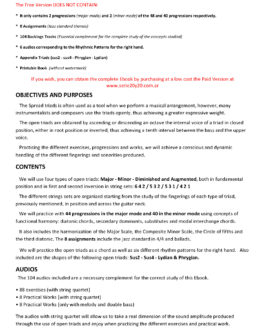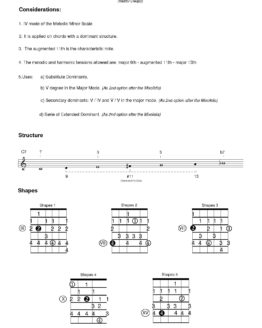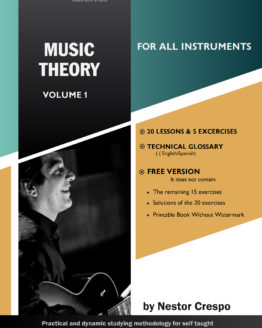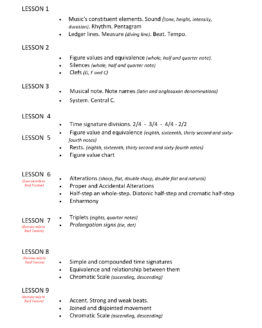Practical and dynamic work methodology for the self-taught student
as well as for the teacher in class
You are buying (PDF in colour with 28 pages – 45 MB) which contains:
* 20 Lessons
* 4 Exercises & Solutions
* 43 Audios. (Essential complement for the complete study of this book)
* Final Summary
* Printable Book (Without Watermark)
CONTENTS
Each of the lessons, exercises, and solutions are painstakingly described in the index. (see images above)
Also included is a Summary Table or Final Synthesis which will allow us to quickly develop the Negative Harmony concept in other tonalities by means of degrees. (Roman numerals)
The book has 43 essential audios for the complete study of this concept, thus facilitating listening without having to do it on the instrument.
OBJECTIVES AND PURPOSES
Ernest Levy in his book “Theory of Harmony” is the one who raises this concept although he does not do so under the name of negative harmony.
Educators and musicians like Steve Coleman, Bill Harris, and currently Jacob Collier are the ones who develop this concept by posing the chord movement within a progression in a gravitational way.
The term gravitational is raised because negative harmony is not governed by the tonal functions of tonal music. (Subdominant – Dominant – Tonic)
I have developed the present note from the melodic as well as harmonic point of view (Triads, Seventh Chords, Scales, etc.)
It is presented in colors (blue: original – orange: negative harmony) for the purpose of an easy understanding and reading of each one of the concepts that are approached.
Although it is true that it is very difficult to find songs or complete works under this concept by the simple logic that we should know before which would be the original song, we can incorporate it as one more tool in our study of harmony.
I invite you through your subjectivities to include this concept which will allow us to search for new colors or textures in a musical fragment as well as in a chord progression or in a song.
For more information please contact to the author: nestor.crespo@usa.net




